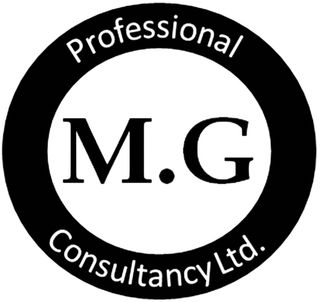Case Study – Asset Maintenance
The problem
A central internal help desk had been set up to receive calls from over 200 sites who required repairs and replacement of their assets.
Sites would phone the help desk with their needs or requirements. The help desk would then create a ticket and attempt to find a supplier who could repair or replace the asset. The details of the asset were captured in an old database system which was no longer supported and had very little functional use.
Reporting from the system was limited and there was no way of tracking the life of an individual asset.
Most assets were not tagged to a particular location; so, the business had lost nearly all traceability of where their assets were in the country.
The small team would frequently receive more calls than they could handle. As a result, there was very little pro-active follow up on the initial call with the helpdesk following up with suppliers when chased and prompted by the sites.
Findings
A sample audit of several sites quickly identified that there were unused assets within the company. In more extreme cases there were double the number of a specific asset on a site compared to the number of employees who could use the asset.
Despite this, some other sites were purchasing this same asset because they didn’t have enough.
We also discovered, that due to the lack of visibility of assets, the whole life cost of an asset was not being captured. There were no records to indicate if an assets age meant it had reached the end of its useful life, or even if it had been repaired multiple times during the past year. Therefore, there was no way to make a fact-based decision on whether a further repair was financially worthwhile, or if a new asset being purchased would be more cost effective.
Most of the sites also contained multiple assets of the same type (such as motorised bay doors) which had no asset identification marks associated to them.
We were also able to establish that some assets were incurring a repair cost when they were still under warranty. A lack of reliable asset data meant that these were not being correctly identified.
The Solution
Working with the company’s IT department we were able to identify a cloud-based asset recording solution which could be implemented with minimal configuration and was fully security compliant.
The system solution required less than 1 week of internal IT resource to bring to a pilot phase and had an annual licence cost which would see payback within just a few weeks.
The solution would allow all assets to be captured by location, with the initial purchase price and all on-going repair and maintenance costs to be assigned. This would allow significantly improved decision-making opportunities as the full life costs of assets could be tracked.
The solution also allowed the sites to log asset repairs through an online portal and track all communications between the help desk and the supplier. This would lead to a reduction in the number of calls coming through the helpdesk.
A group of sites were picked for a pilot therefore a full audit of assets on the sites were captured. Where an asset had no identification mark, a unique record was created, and the asset was tagged.
The outcome
The pilot sites were added to the new database along with all the identified assets. As a result, the help desk team were able to quickly review the asset that needed the repair, leading to making a quick decision on whether the repair was viable.
We were instructed to bring this project to pilot phase for handover to an internal project team for rollout as the audit and updating of assets across the UK would take several months.
The client was left with a full plan for completion of the pilot, the audit of the remaining along with a communication and rollout plan for the rest of their sites.

